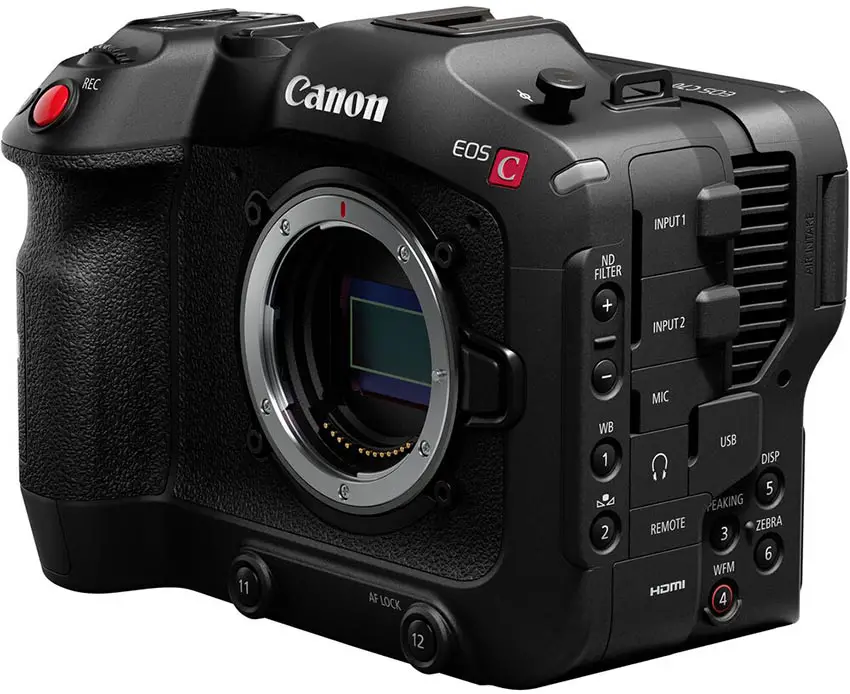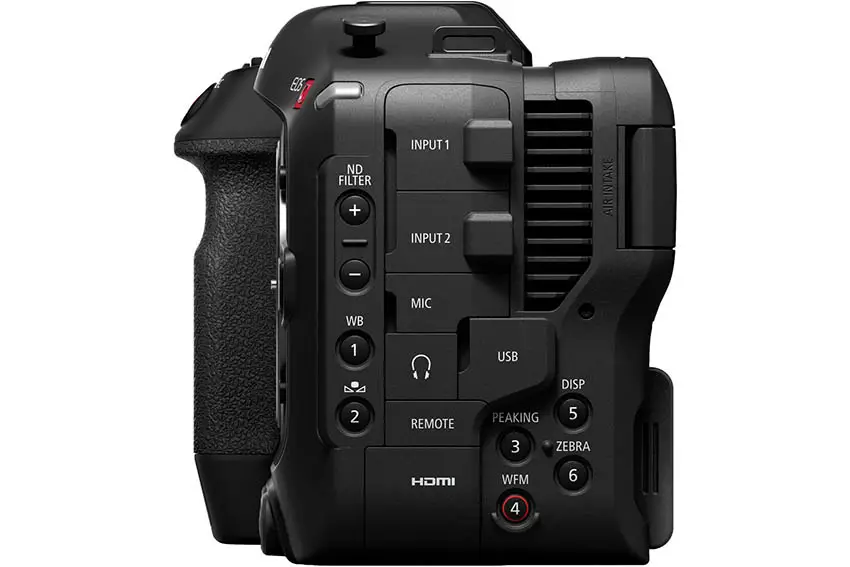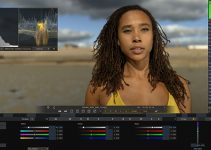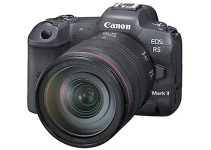Among the hottest recent releases is the Canon EOS C70 Cinema Camera. A svelte body design that takes the compact sensibilities of mirrorless and merges it with the professional needs and expectations of filmmakers makes it a popular pick. Honestly, if I was starting fresh this would be the camera I would purchase over the various Sonys, REDs and Blackmagics in the same price point.
Filmmaker Griffin Conway is among those fortunate enough to have a C70 and has been putting together some very helpful content about the camera. The latest is a set of 10 tips on how to make the most of it.
Tip #1: Custom Menus
This is a common feature that I feel most people don’t take the time to set up. The C70 has a custom menu option, known as My Menu. You can build your own menu with all the settings you most commonly need to access. Puts everything in one easy to find place in the exact order you need.
If you shoot with multiple (Canon) cameras it can help you standardize the menu options so you aren’t ever lost going between them on set.
Tip #2: Assignable Buttons
Many of the camera’s buttons can be reprogrammed for a different setting. If you don’t need that white balance setting, for example, you can go and change it to make it something more useful, like the 120 fps slow motion mode.
If you find yourself with a few buttons you never use reassign them. Conway changed his peaking button to the LUT on/off, changed button 11 for switching between wide tracking and face only AF.
Tip #3: Audio Backup Tracks
There are two mini-XLR inputs on the C70 for pro inputs. A nice setting you can take advantage of on the C70 is recording backup audio. In the Audio Input Selection menu you can select input terminals for both Channels 1/2 and 3/4.
When this happens you can set different levels for the different channels. This means you can use channel 3 as a lower gain safety of channel 1 and channel 4 as a backup of channel 2.
It’s a great idea.

Image Credit: Canon
Tip #4: Screen Brightness
Working outside can be a pain for rear screens. On the C70 you can help by making the screen brighter. Conway actually uses the LCD Luminance setting – not LCD brightness. Popping that up to +1 or +2 and you should see the difference.
Tip #5: External Monitor LUT
Via the HDMI output you can work with external monitors. This is fine, but you actually can’t easily send a LUT out over the HDMI output. You’ll need to work with your particular monitor, but make sure to upload the same LUTs to your monitor to match the look on the back of the camera.
Tip #6: Canon Log 2 Post Production
Conway uses Canon Log 2 since it has the most dynamic range. It’s a very simple reason. Using some non-Canon LUTs can get you a great looking image very quickly. Conway has some of his own LUTs if you are interested.
The reason for not using the Canon LUTs is that it ends up clipping your highlights very easily. To maintain detail you’ll want to use something else.
Tip #7: 2nd Card Recording Modes
Having dual card slots is an advantage if only for backups with dual card recording. The C70 offers a few other options if you want to take advantage of it. Examples include automatically recording a proxy to the second card, setting up a sub recording at a lower resolution, or relay recording for automatically shifting over to the second card for ultra-long recordings.
Tip #8: Fine Iris Increment
Fine Increment is a fun tool to let you make more precise iris adjustments vs the standard 1/3 and 1/2-stop increments. Fine Increment makes this a lot smoother, which can be extremely helpful for on-the-fly adjustments.

Image Credit: Canon
Tip #9: Extended ND Range
Natively, the C70 only has 6 stops of ND filtration available. However, the camera can actually achieve 10 stops of ND by turning on the Extended ND Range setting.
Tip #10: Autofocus Settings
AF is becoming a more and more useful feature for cinema cameras. Conway’s two favorite settings are the face-only tracking for interviews. There’s also the wide-bracket tracking for other types of shot as long as you can keep subjects in the background.
Face-only works great unless the subject is starting to move away from the camera or simply turns their head a bit. Conway also keeps his hand on the lens’ AF/MF switch. When it loses focus you can quickly cut it so you don’t lose focus and then wait for the camera to regain its tracking on the person (which will show as a box even with manual focus set on the lens).
Do you have any of your own tips for using the C70?
[source: Griffin Conway]
Order Links:
Disclaimer: As an Amazon Associate partner and participant in B&H and Adorama Affiliate programmes, we earn a small comission from each purchase made through the affiliate links listed above at no additional cost to you.
Claim your copy of DAVINCI RESOLVE - SIMPLIFIED COURSE. Get Instant Access!





